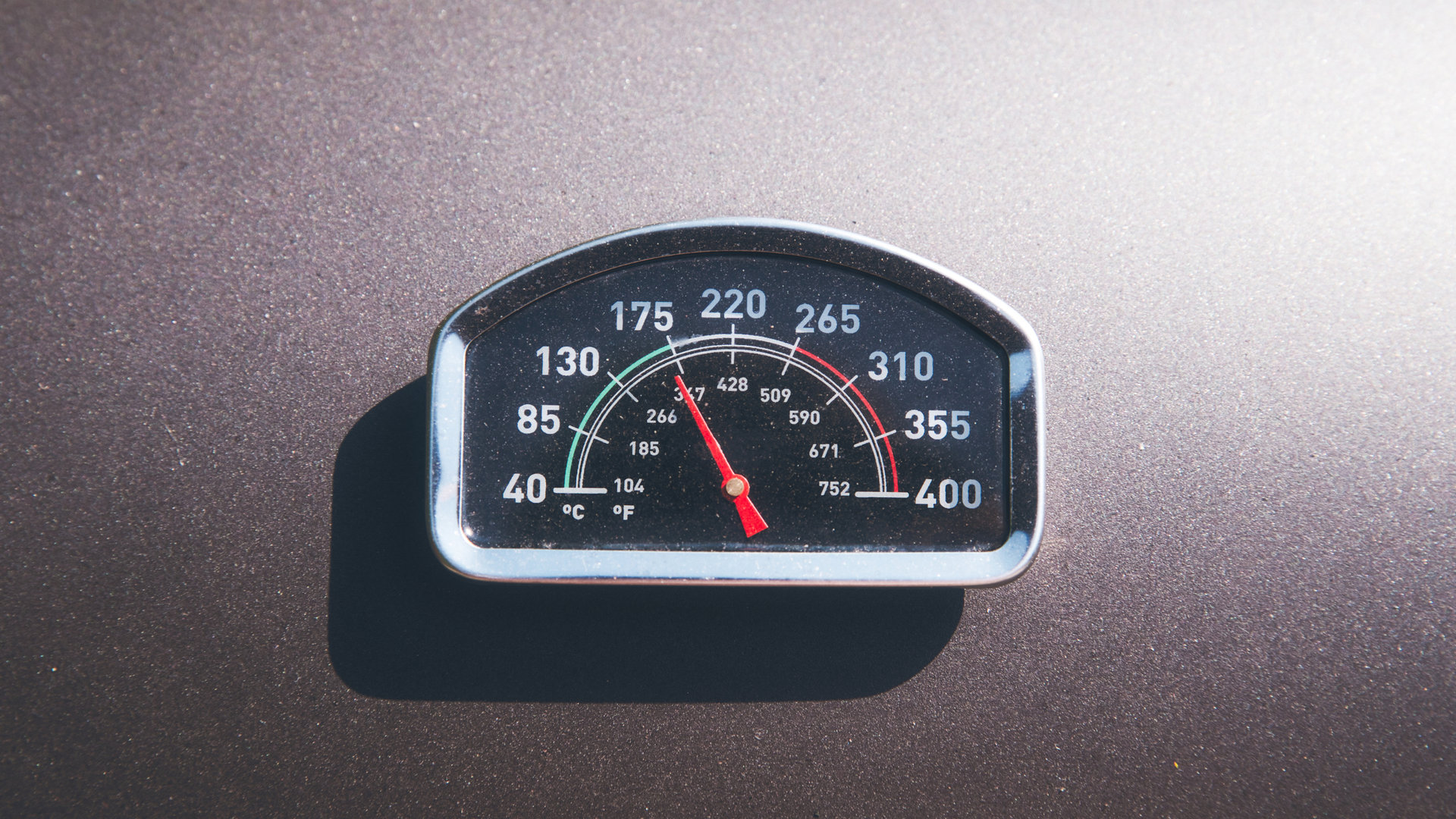The Curie temperature of magnets is an extremely important factor to consider when looking at industrial magnets for your industry. Each type of magnet has a maximum temperature it can withstand, and if it exceeds that temperature, it will lose magnetic properties entirely. Your specific needs and the environment the magnet will be working in must be considered when looking at industrial magnet solutions for your industry.
What is Curie Temperature?
Curie temperature is named for Pierre Curie, who in 1895 discovered the laws that link magnetic properties to temperature. Each type of magnet has a different Curie temperature; that is, the maximum operating temperature the magnet can reach before losing its magnetic properties – becoming demagnetized permanently. Magnets will retain their magnetic properties in temperatures up to and including their specific Curie temperature, but if that temperature is breached, magnets can become demagnetized and essentially useless for your industry. Knowing what these temperatures are is imperative to maintaining your magnets.
Under normal circumstances and temperatures, magnetic dipoles are aligned. When crossing the Curie temperature, the dipoles become misaligned, resulting in demagnetization.
Curie Temperatures for Different Magnet Types
Each type of magnet has a different Curie temperature. Some magnets can perform exceedingly well under high temperatures, due to a higher Curie point, and some cannot handle high heat at all. The team at IMT knows how important Curie point is and will evaluate your needs and environment to determine the best type of magnet for your industry.
Strontium Ferrite Magnets
Strontium ferrite magnets, or ceramic magnets, have a Curie temperature of approximately 450 °C. This is better than neodymium, or rare earth, magnets but not as good as other kinds of magnets, including AlNiCo magnets. If your environment is not under high temperature loads but does have high humidity or even water, ceramic magnets may be the best choice for you, as they will never corrode, even under water.
Neodymium (Rare Earth) Magnets
Neodymium magnets have a very low Curie temperature of 310-400 °C. However, they can start to lose magnetism at temperatures as low as 80 °C. If your environment is high heat or high humidity, neodymium magnets would probably not be a good choice. If operating temperatures and humidity are within normal range, then neodymium is often the go-to choice, as they are extremely strong and long-lasting.
Electromagnets
Electromagnets are not considered permanent magnets. They are made from wrapping wire, usually aluminum or copper, around a core, which is usually iron. So, while the electromagnet itself is not governed by a Curie temperature, the core itself would be susceptible to heat damage.
The Final Word
While we often think of magnets as indestructible forces, temperature plays a large role in keeping them working optimally. Some magnets are made to withstand extreme temperatures, and some are incapable of handling any temperatures above normal operating limits. At IMT, we have the experience and knowledge to know what type of magnet will work best for your specific requirements and which ones to avoid, keeping you up and running, hassle-free. Call us today to discuss all your industrial magnet needs!

